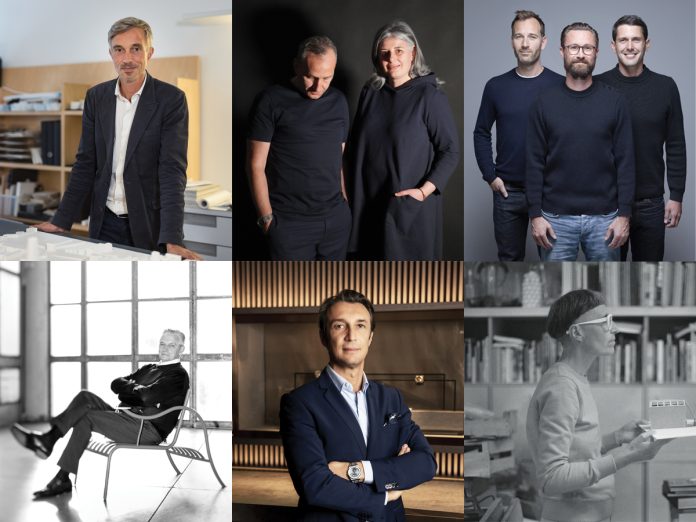1. Does AI technology that generates images with textual input elevate human creativity or make it obsolete?
2. Can technological tools come to replace professionals in the creative sector? Will we see some professions disappear and new ones emerge?
3. In some contexts, robots increase job opportunities. In your opinion, could this also be the case?
4. Is there a machine and/or software that you wish you could use but does not yet exist?
5. Will the way you design be affected by technological evolution?
6. Does it make sense in your opinion to equate human creativity and “artificial creativity”? Is a deep interaction between them possible?
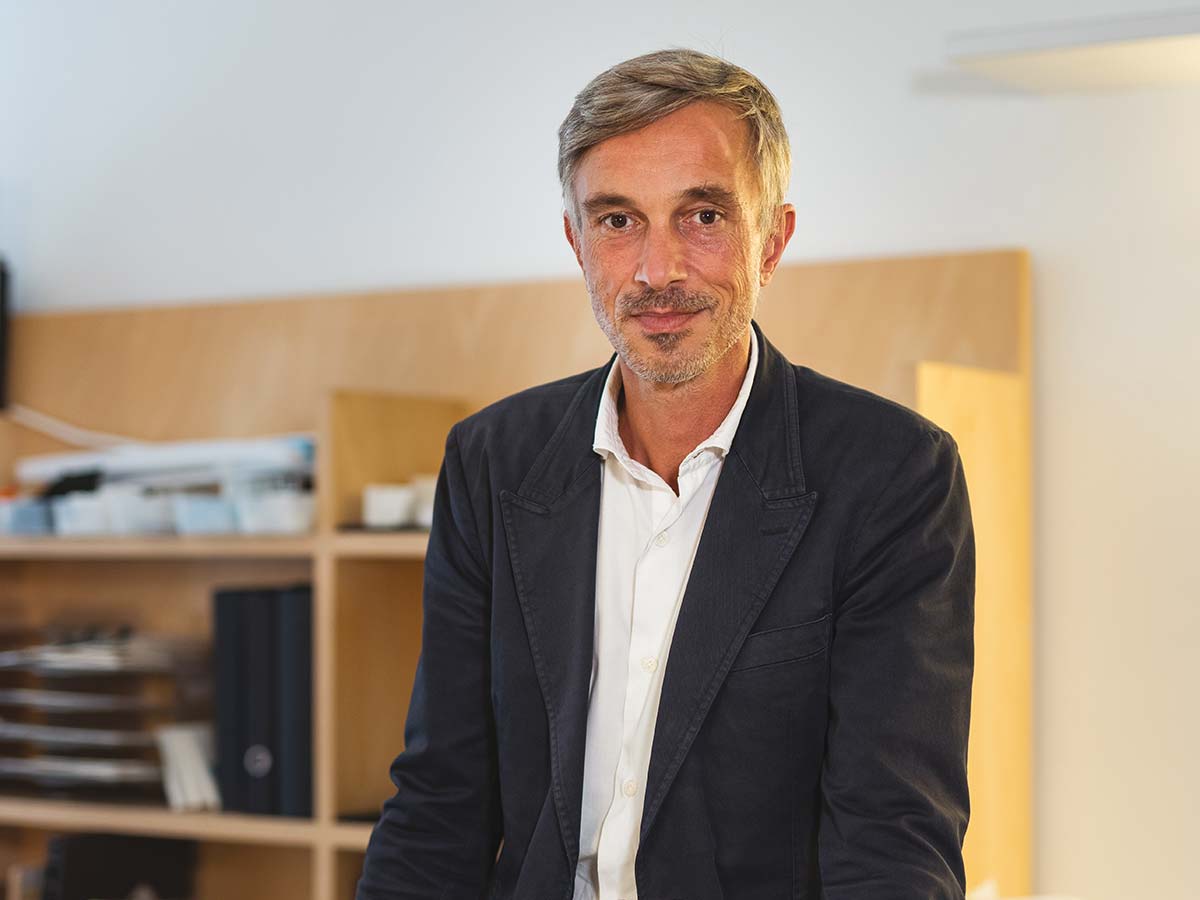
ACPV Architects (replies by Paolo Mazza, partner of the studio)
2. In a certain sense the answer is yes. Though I believe that machines and software will never be able to replace people, they will change the way we work. We will concentrate much more on data and input, and less on execution. In our work, technological tools can speed up design processes – but they can’t fix everything. I’m talking about the sphere of perception: there are spaces where you need to create a sensation of welcome, while others foster personal interaction. These aspects cannot be measured, so it is very hard to use the complete force of the software.
5. With recent developments in the field of AI, it is possible that also in architecture we will be seeing powerful technological infrastructures, which equipped with solutions of machine learning and deep learning will be able to analyze huge quantities of data for the development of buildings that will improve our quality of life.
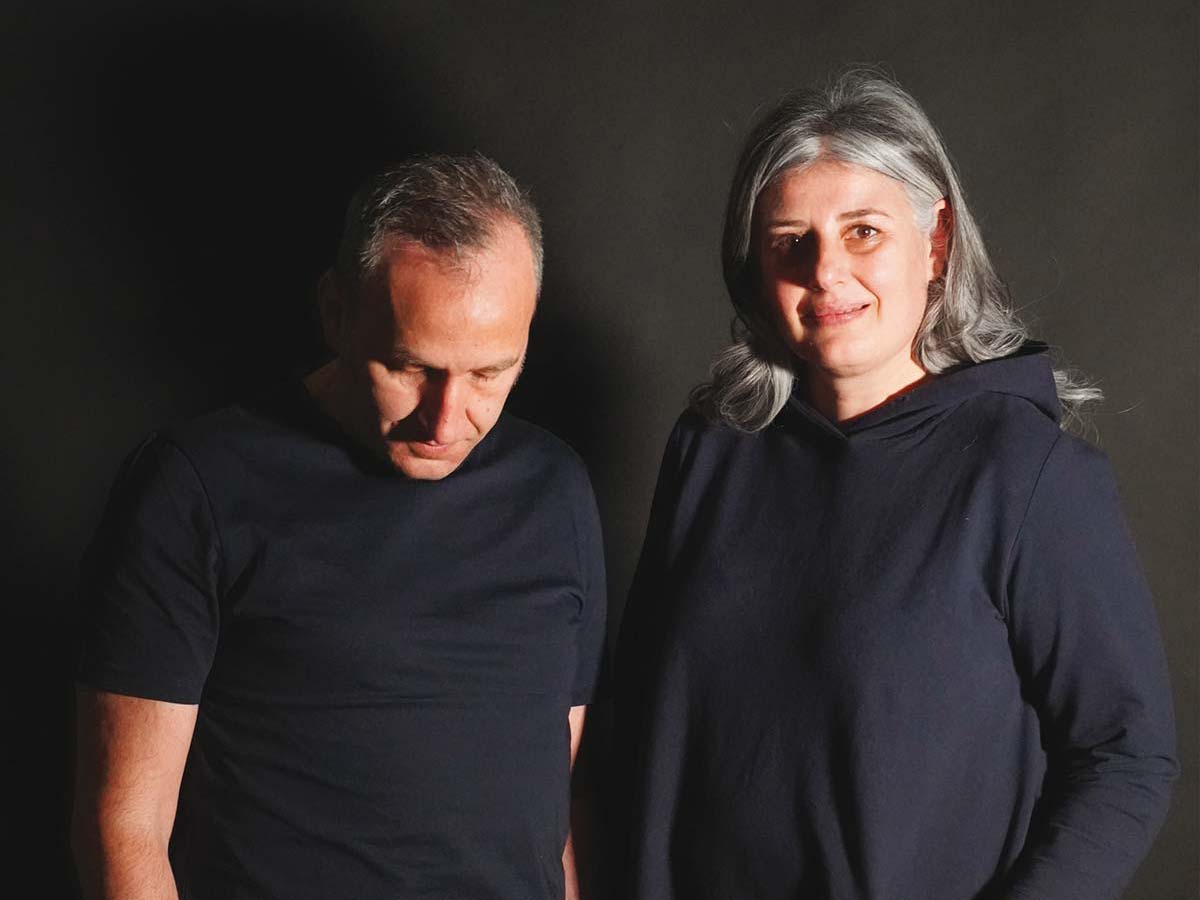
Angeletti Ruzza
1. We believe that human creativity will always be superior, in any context. Someone said the heart belongs to us and no technological tool will ever have a heart like ours. In the heart we have poetry, soul, magic. We see marvelous things being done with new software and new technologies. New conquests in the field of architecture, graphics and design. But we are thrilled by our eyes, not those of a computer.
5. We have already been influenced. We began by using the drafting machine and the airbrush to “color” our projects. We bought a computer and a printer and they just sat there for months, because we didn’t really know what to do with them. Today we use powerful software to make renders, and programs for models. But we still verify our ideas on paper, using a pencil. We will continue to use technologies and programs, to be quicker and clearer in our presentations to clients, but the design method will always be connected with ideas and pencils.

Big-Game
2. Automatic translation is a great way to communicate quickly in a different language, but translators have not gone out of jobs, simply the way translators work is just different – it is now more about fine-tuning and checking computer-generated translations. In the creative field too, there are numerous examples of computer-assisted processes that modify the way we work. Nno profession will disappear completely, they will simply evolve.
6. Navigation programs can help you get to your destination faster, even if you know the way, because they can warn you against traffic jams. But if you go somewhere you don’t know, they allow you to find your way directly, which is amazing. The creative tools will probably work a bit in the same way.
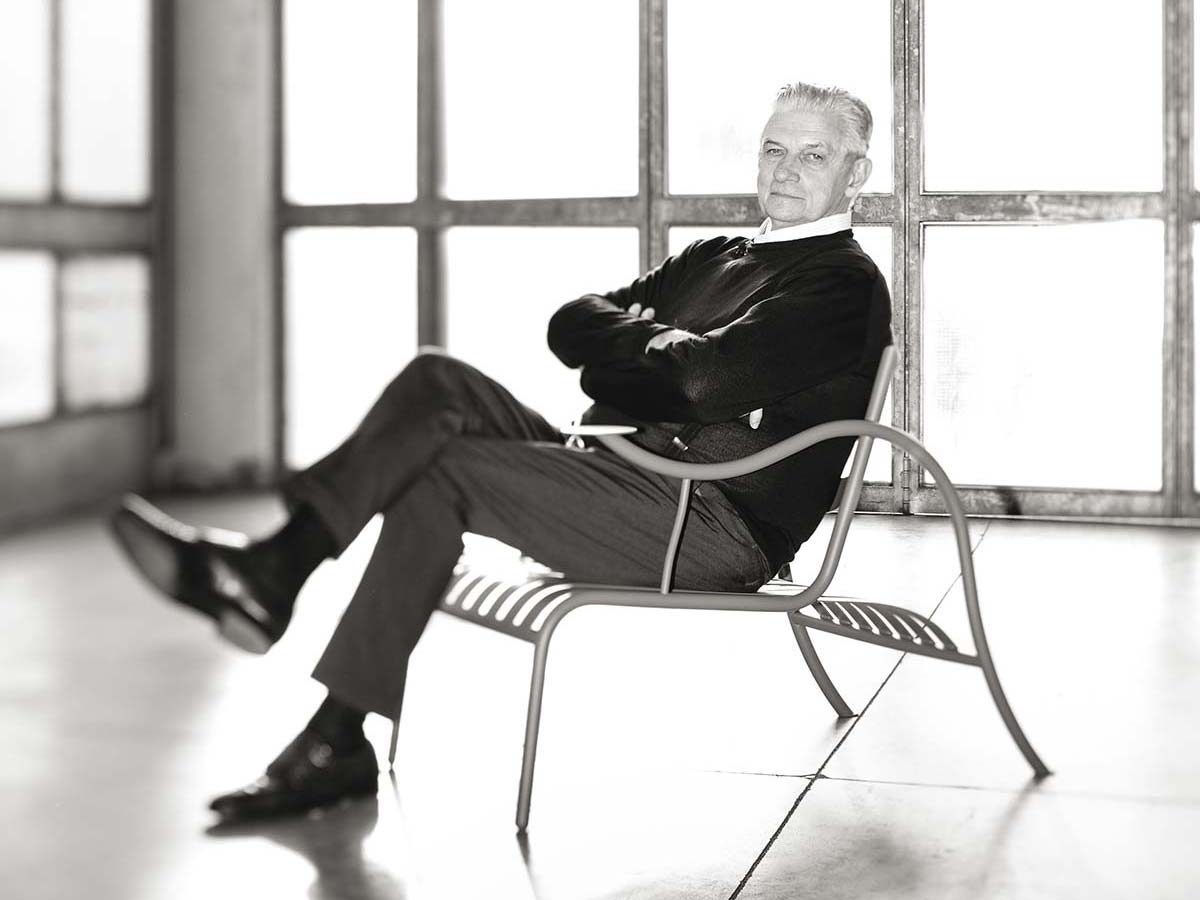
Giulio Cappellini
2. Technological tools can and should help professionals in the creative sector, but the human involvement can never be replaced. These tools can undoubtedly create perfectly useful and functional objects, but with a level of surprise equal to zero. The roles of many professionals are rapidly changing: managing technology will clearly be a profession of the future.
6. It makes no sense to put human and digital creativity on the same plane. A correct interaction of the two can certainly be reached. We are going through a period in which we see projects of high quality but low creativity, far from the courageous creations that make the history of contemporary design. Let’s try to prevent further uniformity, erasing the signs of human ingenuity.
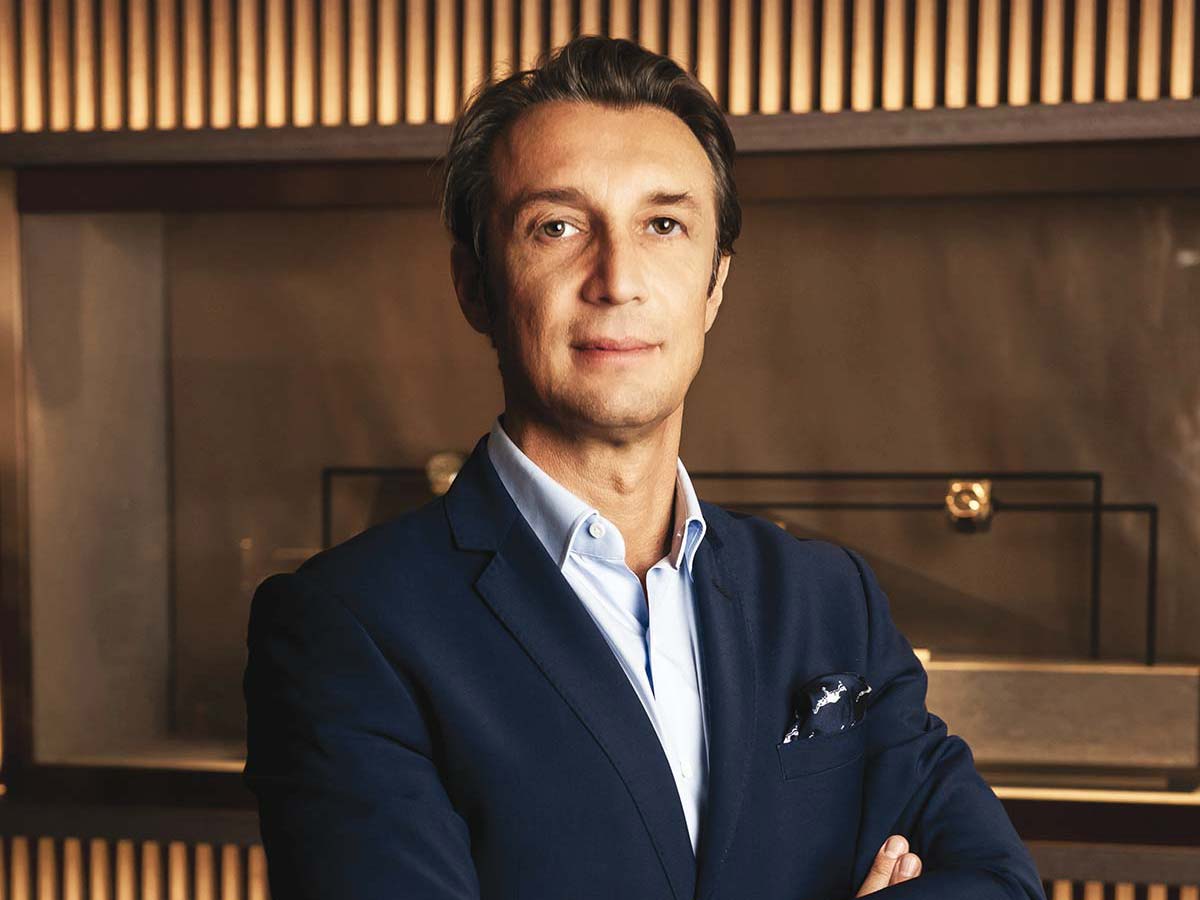
Carlo Colombo
2. Absolutely yes. Apart from a consolidated approach in the design phase, I immediately started to experiment with the world of AI. Together with my team, we have devoted time to experimentation in this area, using software like Midjourney, for example, an extremely powerful tool “trained” to develop billions of images and text, giving back an artistic result. Today it is part of a workflow I cannot live without.
3. Data processing systems have evolved to the point that AI can effectively help in the invention of ideas. Artificial intelligence create the image for us; so where can we find the human-artistic contribution in the making of these contents? This is the point of interaction; it is precisely in communication with artificial intelligence that we can find the human contribution: in the ability to clearly sum up a concept that has not yet been visually expressed.
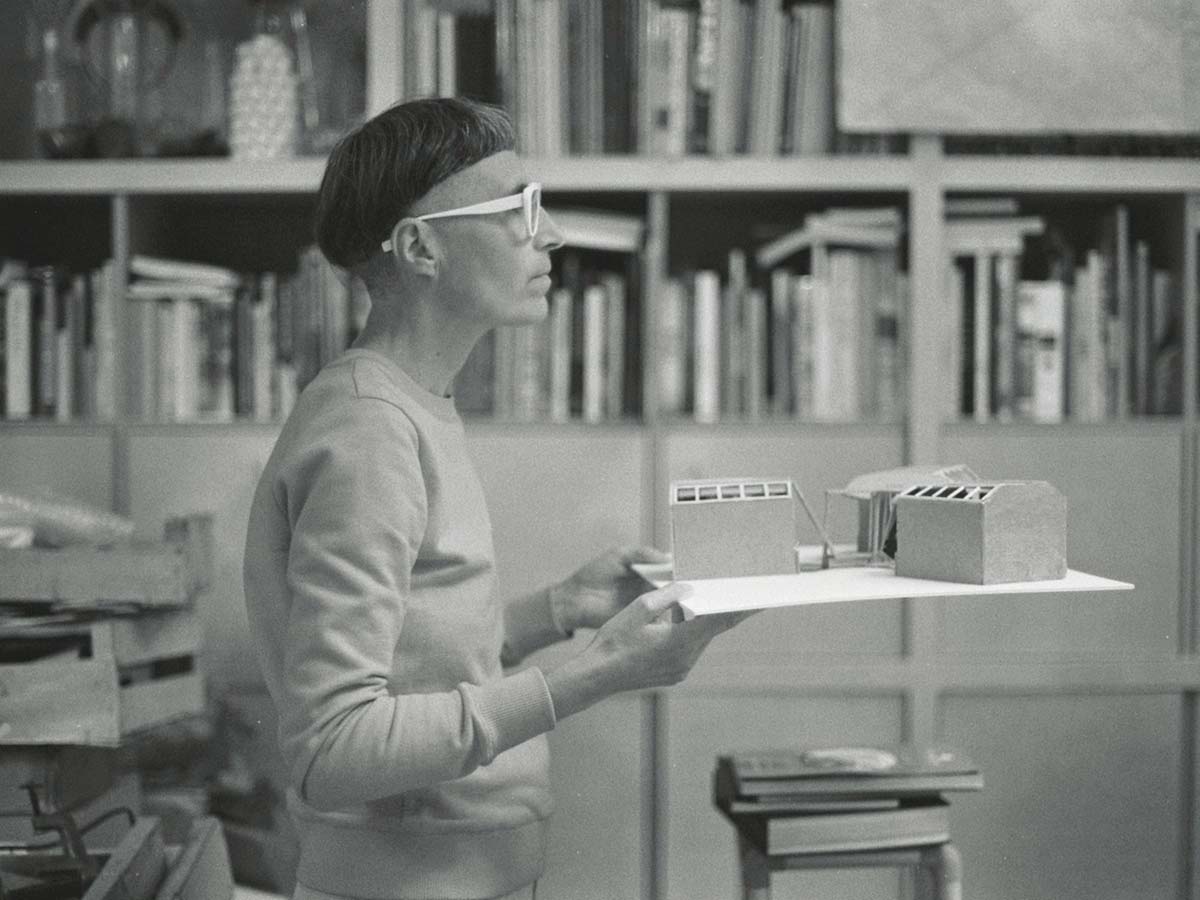
Matali Crasset
1. It is undoubtedly interesting in intellectual terms, as is ChatGPT, but nevertheless when asked if mare’s eggs are larger than those of a dinosaur, ChatGPT responds that they are rarer. I am a designer by training and I am called upon to respond to particular architectural commissions. For me, architecture is above all a relationship with the client and the discussion of a “program.” The project, the discussion often lead to the evolution of the program. How can we exercise the critical meaning of the project with AI? In my view, a project has meaning only if it is seen as a response to a context and an ecosystem. It has to be framed and contextualized.
2. This is a debate that is far from new, having existed since the days of the Luddites in 19th-century England. Man’s advantage is his capacity for dialogue. And the ability to propose solutions that do not fit into the usual schemes. In our context of climate crisis and passage to an ecological society, we can also ask ourselves about the price of these new methods in terms of energy, calculation and memory, while a human being seated at a table thinks and reproduces with a pencil. Aren’t these methods equally obsolete, or are they the symbol of an ecocide, like commercial space flights?

